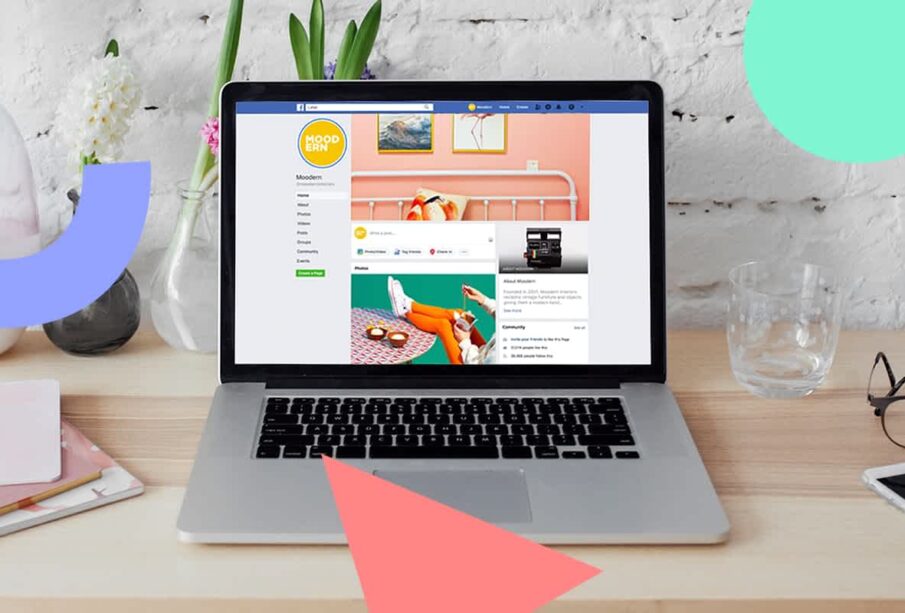How We Took a Local Business From Page 5 to Page 1 in 30 Days

Once upon a Tuesday, a local tradesman named Steve sat on page five of Google. He might as well have been on the dark side of the moon. Page five is where websites go to be ignored. It’s where searchers stop looking and start rewording their question.
Steve ran a garage. A good one. He fixed clutches, changed tyres, and knew exactly how to bang a starter motor back into life. But online? He was invisible.
That is when he rang us, a leading SEO agency in Swindon.
What We Found
Steve’s website wasn’t bad. It had a logo, a photo of a smiling mechanic (possibly not Steve), and an opening line that read:
“Welcome to our homepage. We provide tailored automotive solutions with a customer-focused approach.”
In plain English: nothing useful.
His business name wasn’t even on the page properly. There was no mention of the town he worked in. And his phone number was buried at the bottom next to a copyright notice from 2018.
His Google Business listing? Half done. No photos. One review from someone called “Jazzy87” who just wrote “cool.”
Week 1 – Fix the Basics
We started with the obvious stuff.
We rewrote his homepage so it said what he actually did. No fluff. No buzzwords. Just this:
“Clutch repairs, tyre changes, and MOT prep in Swindon. Fast service. Fair prices.”
Not Shakespeare, but it works.
We added his address to every page. We checked that it matched what was on his Google listing. We made sure the phone number was click-to-call on mobiles.
Then we fixed the titles. His old one said:
“Home”
His new one said:
“Garage in Swindon – Clutch Repairs, Tyres and MOTs”
Now, when Google looked at his site, it didn’t have to guess. It knew what he did and where he did it.
Week 2 – Build the Signal
Google is a bit like a gossip. It trusts what lots of people agree on.
So we helped Steve ask his customers for reviews. Proper ones. From real people. On Google.
Not “great job!” but things like:
“Had my clutch done here last week – quick service and cheaper than I expected. Thanks, Steve!”
We also hired an expert SEO freelancer who added Steve’s business to some online directories. Ones that still matter. Yell, FreeIndex, Thomson Local – nothing fancy, just places that Google still peeks at now and then.
Everything had the same name, address and phone number.
No extra dashes. No “Ltd” on one and not the other. Because small things confuse big machines.
Week 3 – Local Pages
We built a new page for each service Steve offered – not just one lump of text about “car repairs.”
Separate pages for:
- Clutch repairs
- Brake checks
- MOT prep
- Tyre fitting
Each one mentioned Swindon. Each one answered the kind of questions people actually search for.
“How long does a clutch repair take?”
“Do I need new tyres before my MOT?”
We didn’t waffle. We just answered. Short sentences. Simple words. And no stock photos of people shaking hands.
Week 4 – Letting Google Catch Up
The last step was waiting.
Not sitting around, obviously. We used the time to share a few posts on Steve’s Google Business page. Nothing fancy – just photos of work in progress and a few tips like “how to check your tyre tread with a 20p coin.”
Google started to notice.
He crept up to page three. Then page two. By day 28, Steve was top of page one for “clutch repair Swindon.” By day 30, he was also showing up for “garage near me.”
The Lesson
Steve didn’t need a rebrand. He didn’t need a re-write by a “storytelling specialist.”
He just needed to stop hiding.
Most local businesses do.
If your site doesn’t say what you do and where you do it, Google won’t guess. If your online info is messy, it won’t trust you. If your reviews are non-existent, it won’t care.
But if you get the basics right – and actually say something useful – you’ve got a chance.
Even from page five.










